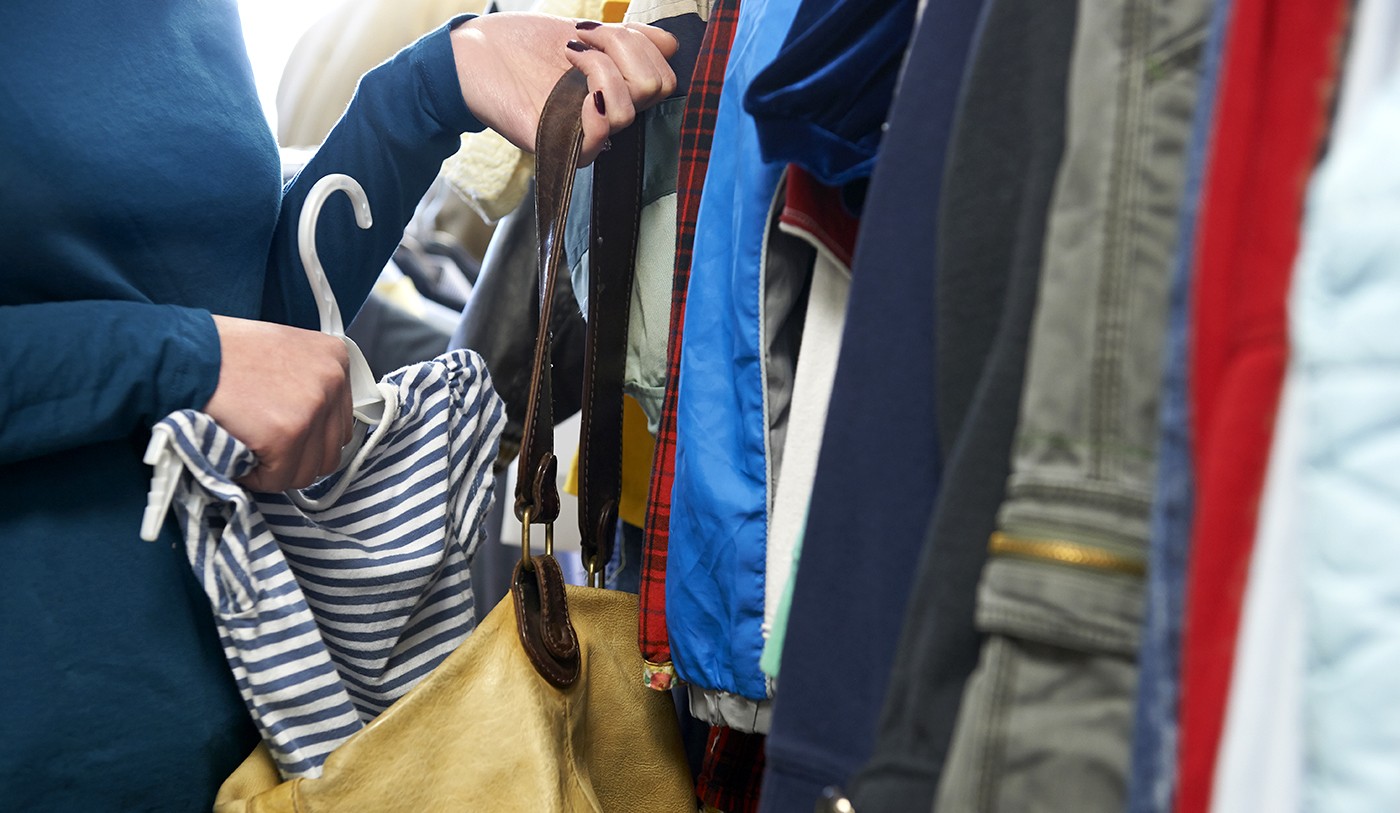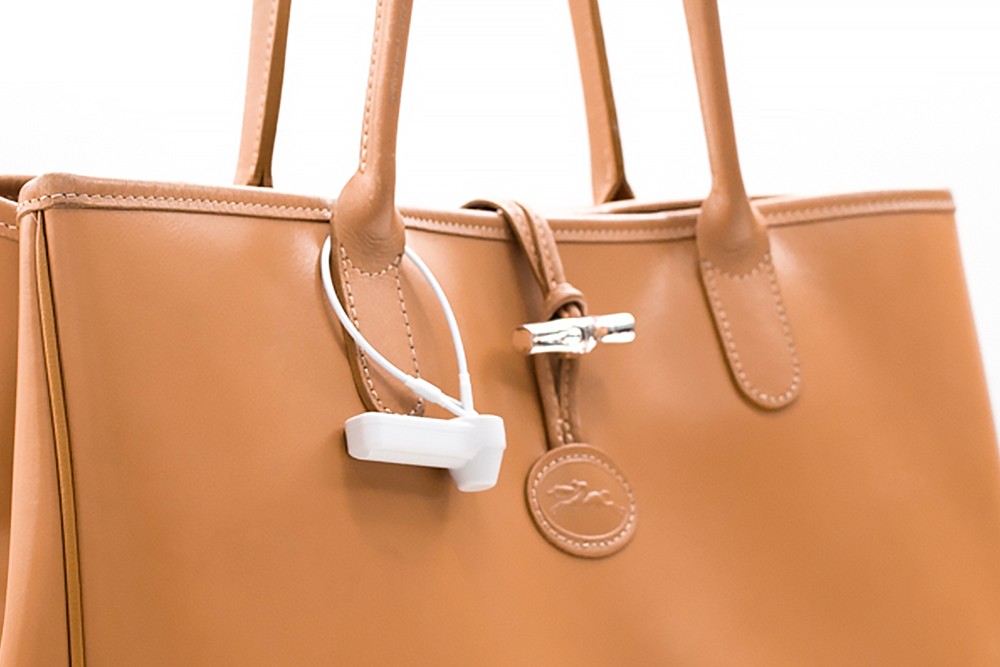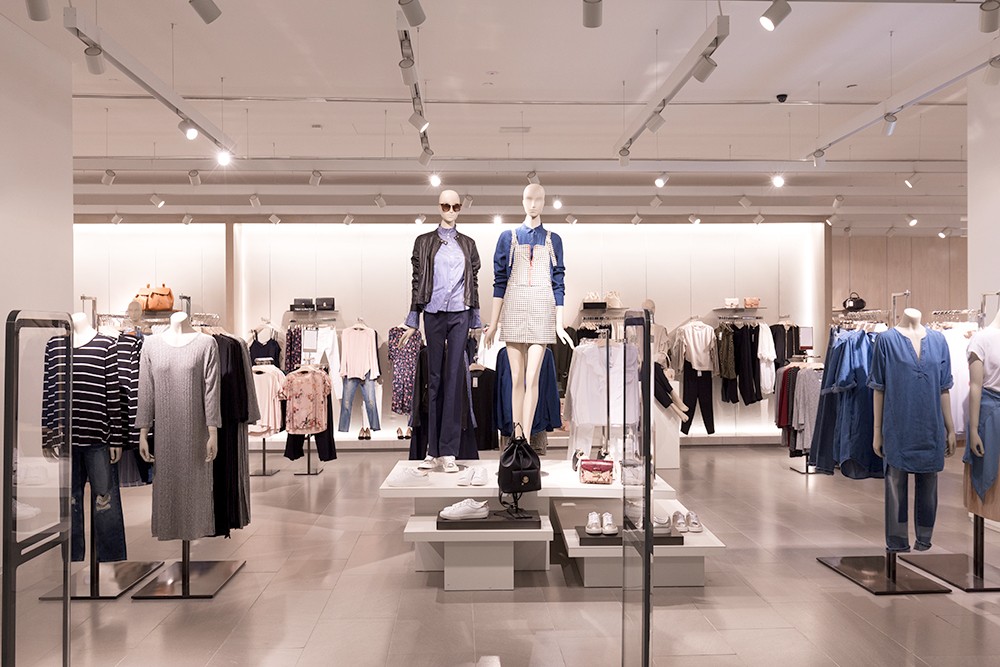
Retail shrink hits a $61.7 billion high
Retail shrink has hit an all-time high, with the 2020 National Retail Security Survey noting it cost the sector $61.7 billion in 2019, up from $50.6 billion the year prior, and accounting for 1.62 per cent of the retail industry’s bottom line.
This year’s report by the National Retail Federation found shrink continues to be a major issue for the nation’s retailers, with the sector challenged by risks that extend from cybercriminals to shoplifters return fraud and more.
Here’s an insight into the latest findings…
Shrink rate rising
This industry’s high shrink value is driven by an increase in the average shrink rate, with more and more retailers recording a shrink rate above 3 per cent. The report found in 2019:
- 2 per cent of retailers reported a shrink rate of 3 per cent or higher
(compared to just 10.9 per cent in 2018)
- 1 per cent reported a shrink rate between 2 per cent and 2.99 per cent
(compared to 14.5 per cent in 2018)
- 2 per cent reported a shrink rate between 1.5 per cent and 1.99 per cent
(compared to 10.9 per cent in 2018)
- 6 per cent reported a shrink rate between 1.25 per cent and 1.49 per cent
(compared to 10.9 per cent in 2018)
- 7 per cent reported a shrink rate between 1 per cent and 1.24 per cent
(compared to 3.4 per cent in 2018)
- 7 per cent reported a shrink rate between 0.5 per cent and 0.99 per cent
(compared to 21.8 per cent in 2018)
- 6 per cent reported a shrink rate of 0.49 per cent and below
(compared to 27.3 per cent in 2018)
Extrapolated out, that means retailers’ average shrink rate has now increased to 1.62 per cent from 1.38 per cent in 2018 and is now the highest percentage of all time.
“Between an increase in incidents and new ways to steal, shrink is at an all-time high,” NRF Vice President for Research Development and Industry Analysis Mark Mathews said.
“Loss prevention experts are facing unprecedented challenges from individual shoplifters to organized gangs to highly skilled cybercriminals. Retailers are responding with both traditional methods and the latest technology, but this is an ongoing challenge that can only be won with the support of lawmakers and law enforcement.”
Shoplifting on the rise
After a slight dip in 2018, last year shoplifting began to rise again, but it was nowhere near the highs of previous years.
In 2019, retailers reported an average of 688.8 apprehensions, 417.5 prosecutions and 389.7 civil demands. This compared to an average of 509.4 apprehensions in 2018, 369.7 prosecutions, and 369.8 civil demands. In 2015, however, there was an average of 3,322.7 apprehensions, 1,934.6 prosecutions, and 2,201.4 civil demands.
Meanwhile, the average dollar loss per incident declined sharply to $270.6 compared to $546.67 per incident in 2018.
“Also declining is the percentage of those with an average dollar loss that exceeds $1,000, after spiking to nearly 15 per cent in last year’s survey,” the report notes.
“The 4.3 per cent of retailers who experienced a four-figure loss is about on par with the rate in FY 2015. Almost four in 10 retailers had an average loss of less than $125, and about two-thirds had losses of less than $300.”
Dishonest employees
Dishonest employees also showed signs of increasing in number compared to 2018, but again there were far fewer than years like 2015.
In 2019, retailers reported on average 560 apprehensions of dishonest employees, 558.6 terminations, 156 prosecutions, and 283.4 civil demands. This compared to 322.6 apprehensions in 2018, 335 apprehensions, 91.3 prosecutions, and 159.8 civil demands.
In 2015, however, there were on average 865.3 apprehensions of dishonest employees, 552.7 terminations, 158.3 prosecutions, and 241.5 civil demands.
The average dollar loss per dishonest employee was $1,139.32, which is down slightly from FY2018 when it equalled $1,264.10.
Areas of concern
Outlining where their loss prevention priority lies, many retailers reported increased concern over issues like return fraud, cyber-crime and organized retail crime.
The report found in the past five years:
- 29 per cent of retailers viewed e-commerce crime as much more of a priority
- 5 per cent saw organized retail crime as much more of priority
- 5 per cent viewed data breaches as much more of a priority
- 3 per cent had been increasingly focussed on internal theft
- 3 per cent viewed return fraud as much more of a priority
About the report
The NRF National Retail Security Survey is now in its 29th year and can be viewed in full here.
Meanwhile, you can learn more about strategies to minimize shoplifting and loss here or speak with our team directly for the latest advice on using retail security tags to mitigate theft.




